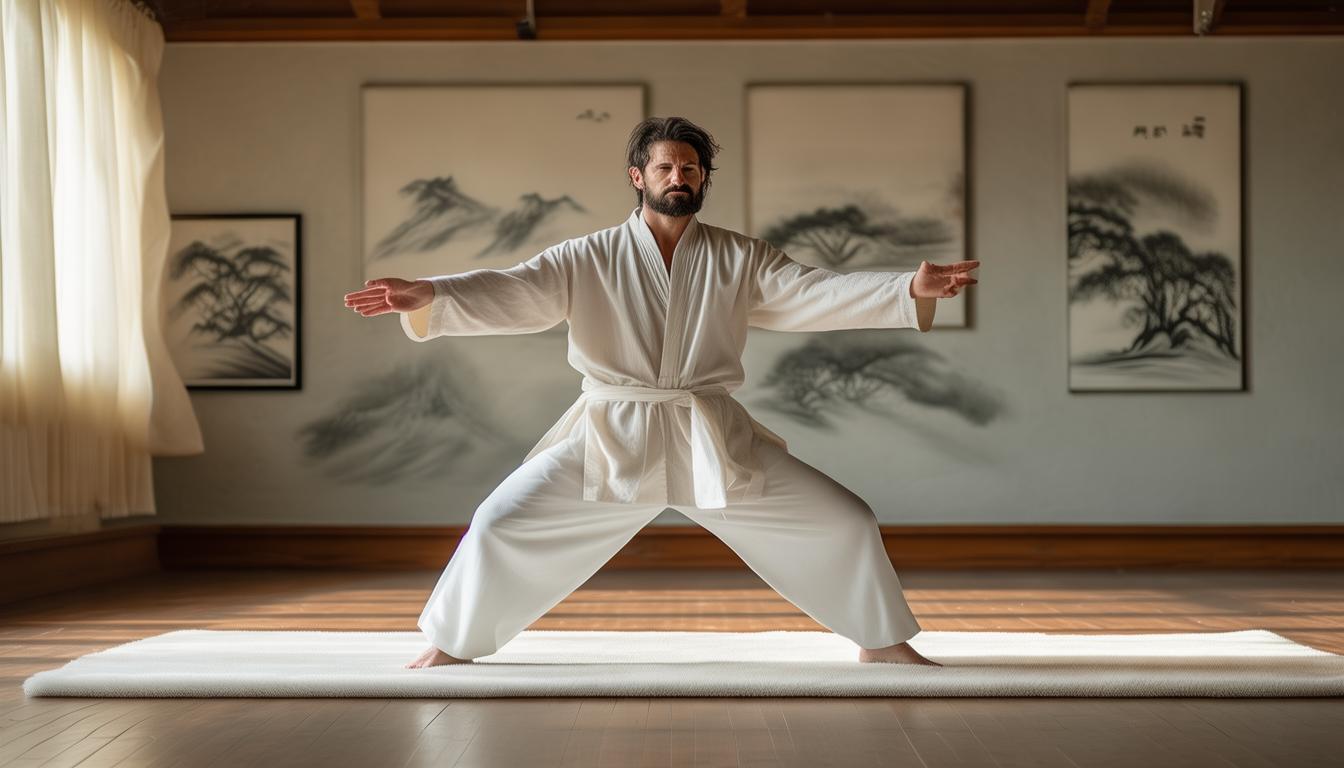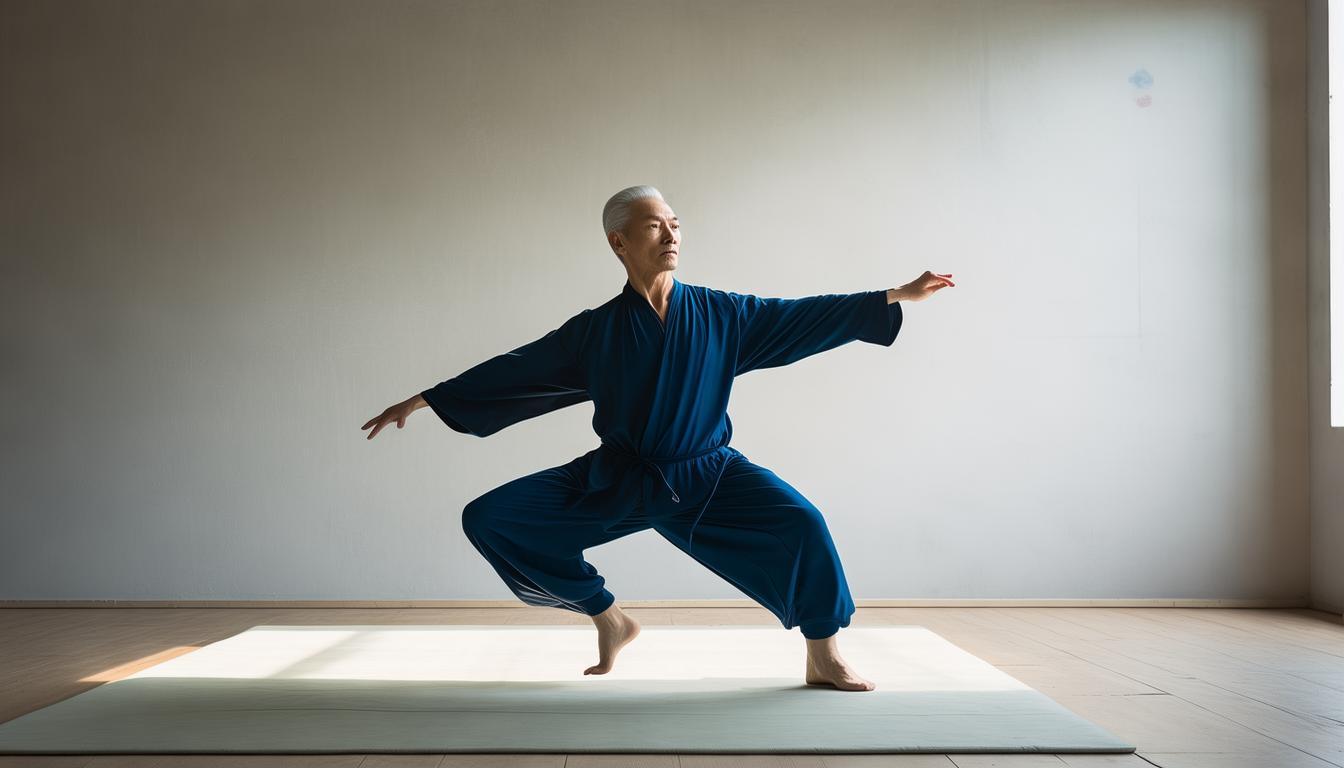Tai Chi originates from China's long-standing martial arts culture. It is not only a skill to improve physical fitness and exercise spiritual will, but also an art with profound cultural connotations. Its movements are smooth and the combination of movement and stillness is a unique style that has attracted many enthusiasts to devote themselves to the practice of Tai Chi.
The Origin of Tai Chi
Tai Chi originated from the late Ming Dynasty to the early Qing Dynasty, and its founder was named Chen Wangting. Initially, this skill was only a means of self-defense by the Chen family. Over time, it gradually evolved into a well-known martial art. Tai Chi combines the essence of traditional Chinese culture such as Yixue and Traditional Chinese Medicine. Each move and every move is rich in philosophical thoughts such as yin and yang, virtual and real, and is like a constantly changing Chinese ink painting, vividly presenting the wisdom of the ancient East.
In the long historical process, Tai Chi has been constantly evolving, giving birth to many branches such as Chen, Yang, Wu, Wu, and Sun. Although these branches have their own characteristics in their expression forms, they all adhere to the core concept of Tai Chi. These branches are widely circulated in China and around the world, becoming a key bridge for cultural exchanges between China and foreign countries.
Fitness effects
Tai Chi is extremely beneficial to people's health. It not only strengthens the heart and lung function, but also allows the body to absorb oxygen more effectively with the help of slow and orderly breathing, thereby promoting blood circulation. Furthermore, Tai Chi And Arthritis , persistent practice of Tai Chi can help improve the body's flexibility and balance, reduce the risk of falling and injury, and is especially suitable for middle-aged and elderly people to exercise.

In addition, Tai Chi also has a positive impact on human psychology. During the practice, people need to focus on movements and breathing, which can temporarily forget the troubles and pressures in life and then achieve the state of relaxation of body and mind. This is equivalent to giving the soul a gentle massage to restore peace and tranquility to the heart.
Action Features
The movements of Tai Chi are soft and the rhythm is smooth, just like clouds fluttering and streams flowing slowly. Each action is not separate, but is connected and transformed continuously, forming a complete system together. This slow-paced movement allows all joints and muscles of the body to be fully and adequately exercised, effectively reducing the damage caused by intense exercise.
Tai Chi emphasizes the combination of hardness and softness. Its movements look flexible on the surface, but in fact they contain powerful explosive power. When the force is exerted, the force quickly gathers and releases. Using soft power to restrain the strength is like running water Parkinson Tai Chi . Although it seems weak, it can penetrate hard stones.
Learning Methods
When learning Tai Chi, the first priority is to find a coach with superb skills. This coach can guide you to master the correct movements and techniques to avoid physical damage caused by wrong movements. You can choose to join a formal Tai Chi training class or ask local boxers for advice.

When practicing, you should watch more Tai Chi videos with superb skills and learn from others' experiences and skills. You need to practice persistently. At first, you should start with the basic movements and increase the difficulty step by step. As long as you persist in this way, you will eventually understand the essence of Tai Chi.
Cultural connotation
Tai Chi contains rich essence of Chinese traditional culture. Its core concept is to pursue the unity of man and nature, and emphasize the harmonious coexistence between man and nature. When practicing, you must follow the laws of nature and feel the breath of heaven and earth. At the same time, Tai Chi also embodies the core spirit of the doctrine of the mean, neither too extreme nor biased towards either side, and strives to seek moderation and balance.
This profound cultural connotation is not only reflected in the movements of martial arts, but also incorporates people's attitude towards daily life. The process of learning Tai Chi is actually about contacting and understanding Chinese traditional culture and absorbing wisdom and profound philosophy from it.
Have you practiced Tai Chi? If this article is inspiring to you, please like it and share it with others!



